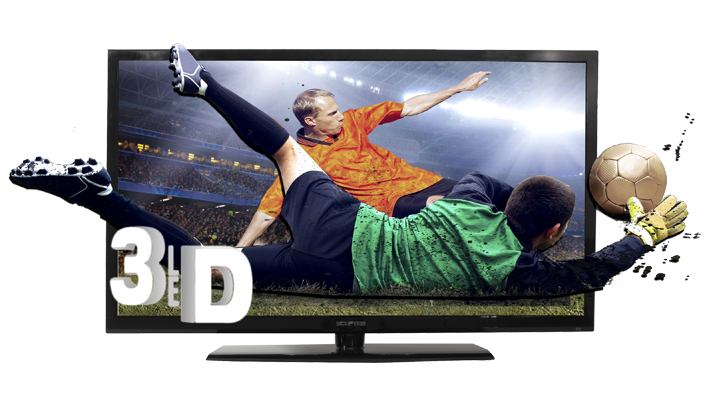The Wonders of LED TVs
In "Back to the Future," when Marty goes back in time and his future uncles ask him how many TVs he had, he answered “two” to their shock.

In "Back to the Future," when Marty goes back in time and his future uncles ask him how many TVs he had, he answered two to their shock. His grandma answered, He s joking, no one has more than one TV. Back in the day, the family would gather around the old boob tube, turn on one of the six channels available to them and sit, relax and enjoy an episode of "Leave It to Beaver." Television has come a long way since then and continues to be an evolving technology. New LED TVs are more than just TVs. You can stream TV shows, order movies on demand and browse the web from your television.
Oh, they have the internet on TVs now? Yes, they do, Homer, and home entertainment has never been better. This is partly due to the success of online streaming video services. With Netflix, Hulu, Amazon Instant Video and iTunes, watching your favorite movie or TV show via the web is extremely easy; and you don't have to be home during primetime. But watching TV from your computer screen is so pass nowadays. Why watch from a small 17-inch monitor when you can enjoy your favorite show on a 50-inch television? With the advent of internet streaming devices like the Roku, or even internet-connected smart TVs, you can log on and stream your favorite show right on your big screen.
Your LED TV's internet connectivity allows you to do more than watch "Breaking Bad" on Netflix though. You can keep up on your social networks like Facebook or Twitter. Some TVs have a camera attachment or built-in camera so you can Skype with relatives or friends. And if you don t want to get up to Google something from your computer, just use your TV s web browser.
Now let's bring it to the third dimension. Many high-end LED TVs feature 3D compatibility. When we say 3D, we are not talking about the old-school red and green glasses either. The technology has really advanced and not only can you enjoy a 3D movie on the big screen in a theater, but you can take that experience home with you. There are two types of 3D: active and passive. Active 3D uses battery-operated glasses that shutter the left lens or right lens of your glasses open and closed. These glasses tend to be a little bulkier and more expensive than the other 3D option, passive. Passive 3D uses polarized glasses, much like the ones in theaters, to separate the lines to create a 3D look. Whichever option you choose, you can enjoy 3D Blu-rays or 3D television on a nice LED screen in your living room.
Remember when you had to physically get up to change a channel? Of course not, that's the power of the remote control. Now the remote is being phased out as well. TVs have cameras, near field communication, wireless internet and microphones. Instead of clicking a remote, you can turn on the TV with a voice command. To navigate menus, you won t have to click an arrow; you can wave your hand in front of the camera. Have a smartphone or tablet? Use that to change your channels or send the content from your device onto your big screen LED TV. The best LED TVs continually add more and more features. What will be next? Who knows? (Our guess: holograms.) But sit back, turn on the TV, relax and enjoy the ride.
Sign up to receive the latest news, reviews, buying guides and deals direct to your inbox


